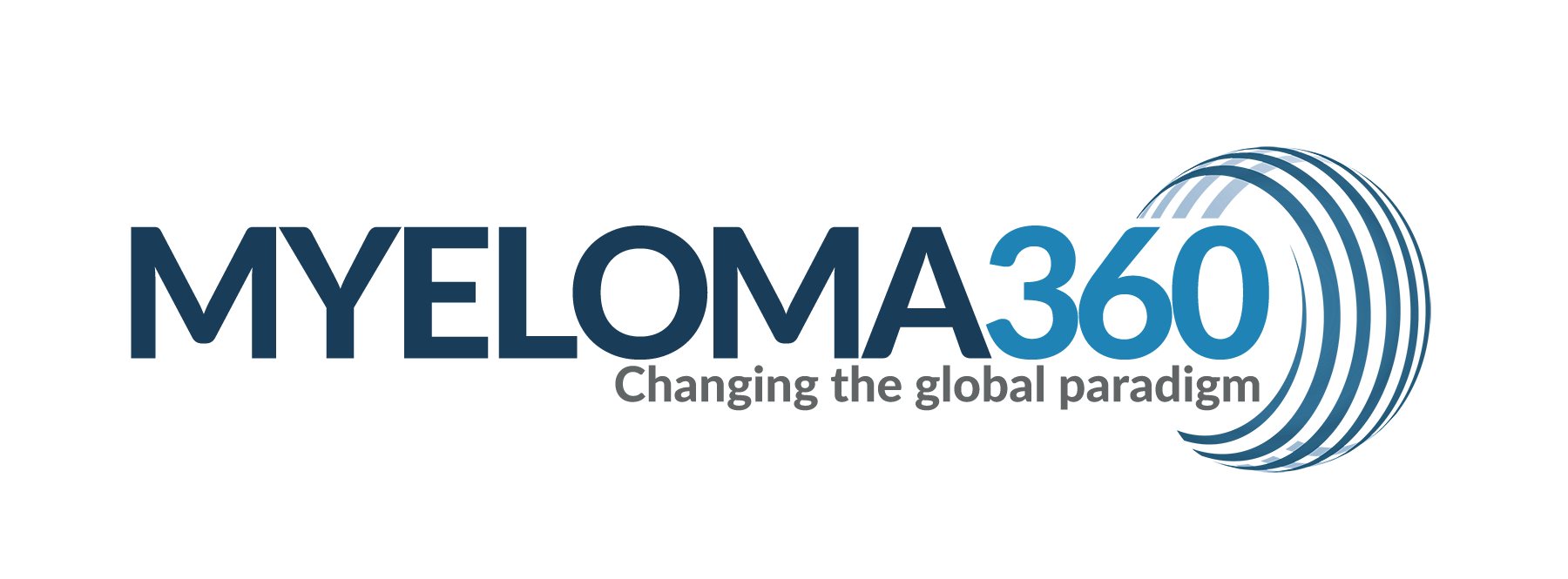Contrast Media Mol Imaging. 2022 Jul 13;2022:7828230. doi: 10.1155/2022/7828230. eCollection 2022.
ABSTRACT
PURPOSE: To explore whether and why abnormal coagulation function and hemorrhage can appear in patients with hyperleukocytic acute myeloid leukemia (HAML).
METHOD: We retrospectively reviewed the charts of 724 acute myeloid leukemia (AML) patients admitted with a white blood cell count of >100 × 109/L between 2010 and 2019 in order to analyze the coagulation index of patients with HAML and explore the correlation of abnormal coagulation.
RESULT: Prothrombin time (PT) was extended in group HAML compared with group non-HAML. Respiratory failure, intracranial hemorrhage, and infection were more common in the HAML group. Among the 76 HAML patients, there were 33 patients who had ≥3 abnormal items of coagulation index, and 51.5% of them had level 2 hemorrhage which was more than level 0 hemorrhage, and the difference is statistically significant (P < 0.01). Similarly, we can discover that 40.9% of patients with 2 abnormal items had level 2 hemorrhage in contrast to 0 abnormal items. The use of hydroxyurea had a significant effect on PT and D-dimer (DD). Survival analysis by the Kaplan-Meier method showed that there were statistically significant differences in white blood cell (WBC) count>200 × 109//L and DD. Abnormal PT is associated with WBC count>200 × 109//L, and abnormal activated partial thromboplastin time (APTT) is associated with HLA-DR mutation. Infection and respiratory failure were independent influencing factors for the coagulation of patients.
CONCLUSION: DD had a marked effect on the survival rate. Infection and respiratory failure were independent influencing factors for the coagulation of patients.
PMID:35935316 | PMC:PMC9300275 | DOI:10.1155/2022/7828230
